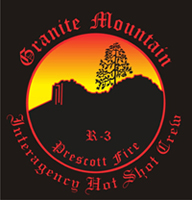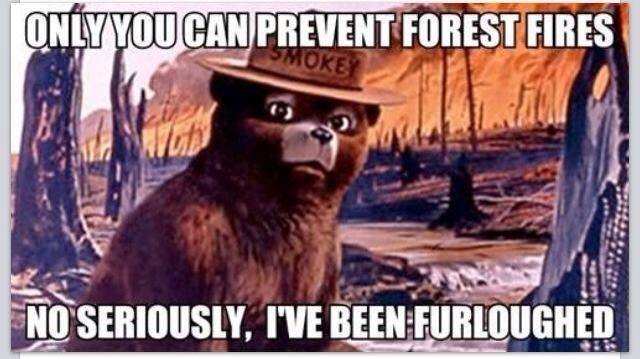The person who was in charge of the Yarnell Hill Fire the day 19 members of the Granite Mountain Hotshots were killed was interviewed by The Republic recently. Incident Commander Roy Hall, submitting to his first detailed interview since the June 30 tragedy near Yarnell, Arizona, said there was “no smoking gun here”, referring to the report commissioned by the state of Arizona.
The article and a video of Mr. Hall can be seen HERE, but be advised the video will play automatically.
Mr. Hall arrived on the fire the morning of June 30. Usually an incoming team will observe and shadow the existing command structure for 12 to 36 hours before they take over a fire, but a few hours later at 10:22 a.m. an announcement was made over the radio that their team was assuming command. About six hours after that 19 members of the Granite Mountain Hotshots were dead.
In the interview and in a written statement, Mr. Hall provided some background information about the fire and his feelings about the deaths.
Below is an excerpt from his statement, which has many capitalized words and exclamation points:
…we must realize and personally ACT NOW to STOP the speculation, questions, and cynicism of Monday morning quarterbacking! It will NOT bring back 19 of our best and finest comrades!
[…]
The risk and exposure of the wildland fire ground is well documented, however, there will ALWAYS be necessary decision space at the battlefield-fire line level.
The article also includes quotes from two of the Operations Section Chiefs on the fire. One of them, Paul Abel, said he verified with Division Supervisor Eric Marsh that the Granite Mountain crew was safe in a previously burned area, and they discussed the treacherous wind forecast. Mr. Abel said he still doesn’t know why the hotshots moved from the safe, black area and proceeded to a ranch, which had been identified as another safety zone.
****
Another article at the Arizona Republic, in today’s edition, quotes “experts” and authors of books about potential lessons learned in the Yarnell Hill Fire report.
Thanks go out to Chip




